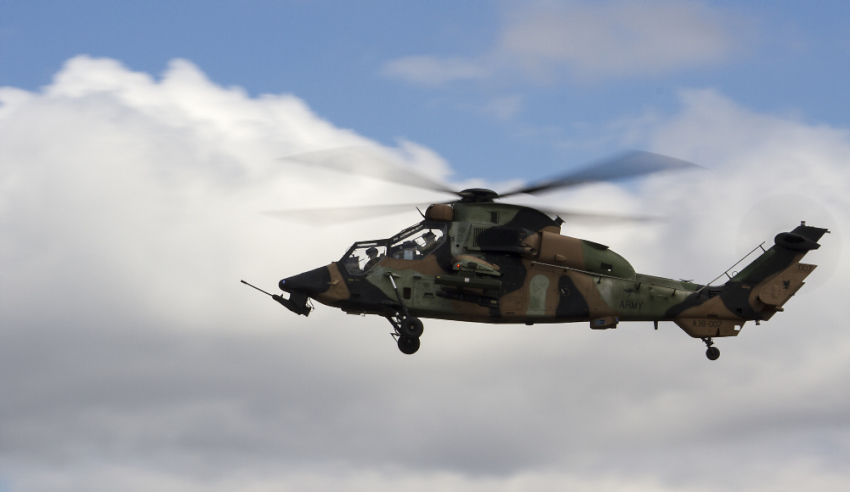Following the grounding of the German Airbus Tiger fleet after a deadly crash, the German Defence Ministry lifted the grounding order on the helicopters two weeks ago, but Australia’s fleet still remains grounded.
The Department of Defence confirmed to Defence Connect that it is "awaiting further advice" before lifting the grounding of the fleet.
"On 14 August 2017, Defence decided to cease flying operations of the Australian Tiger fleet," a spokesperson told Defence Connect.
"Defence is awaiting further advice from the manufacturer and other Tiger operators before a decision is made to resume flying operations."
Australia's fleet of 22 were grounded after manufacturer Airbus Helicopters (AH) announced in August that, "despite the missing information and considering a sudden failure, Airbus Helicopters declares unsafe condition for all Tiger versions".
"AH can neither identify the part, the failure of which would lead to the accident, nor the origin of the failure. Consequently, AH is not in a position to propose a protective measure," AH said.
Two German peacekeepers were killed in July when a German variant of the aircraft crashed in Africa. It is believed the crash was caused by blades falling off the German helicopter mid-flight.
This is not the first time the aircraft has faced troubles. The Tiger has been under fire since last year when an Australian National Audit Office report revealed the Tigers are not available in sufficient numbers to give pilots the mandated minimum 150 flight hours a year.
Entry to service was scheduled for 2009 but was delayed by seven years, and replacements of the aircraft are already set to begin in the mid 2020s, but Defence maintains there will be no capability void.
The acquisition of 22 of the Tiger helicopters cost $1.1 billion (2001 price), with an additional cost of $397 million (2001 price) for a through-life support contract.
In May this year, Chief of Army Lieutenant General Angus Campbell, DSC, AM said at Senate estimates that, despite reaching final operating capability (FOC), nine caveats have not been met.
"There are nine specific areas of capability that have not met that level we anticipated when we purchased the aircraft," said LTGEN Campbell.
"We would have to consider either the nature of the operations or the flight envelope in which the aircraft was operating in order to find other ways to mitigate or prevent those lesser capability outcomes being of concern to us on operations."
The aircraft was further criticised, with LTGEN Campbell noting it is unlikely it will ever achieve its original target.
"I don't think it will be achieving its original target, I do think it has the potential to achieve its budgeted target," he said.









